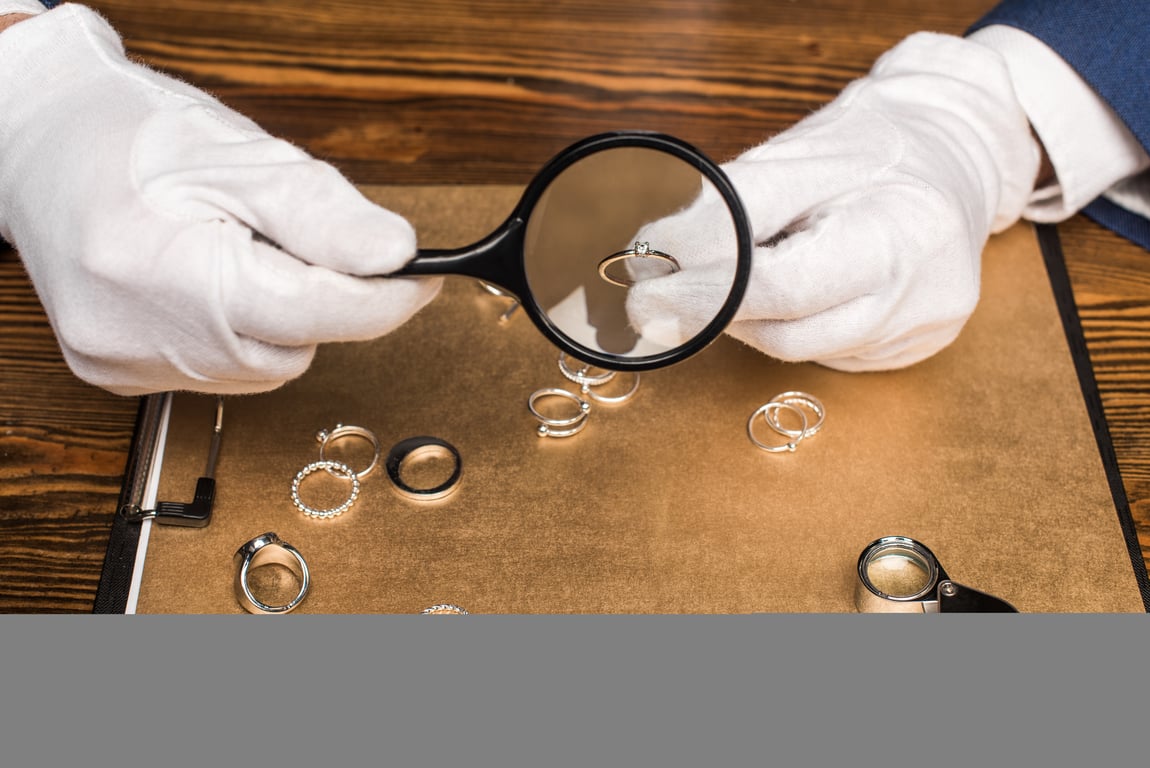Maybe Jaclyn Smith should reconsider her iconic quote about diamonds when she said, “Angels are like diamonds. They can’t be made. You have to find them. Each one is unique.”
Indeed, each one is unique but the fact that diamonds can be made and that too, in an unmatchable quality makes this quote questionable. So, yes, diamonds can be created in a lab!
Lab grown diamonds, also known as synthetic, cultured, man-made, or engineered diamonds, are optically and physically identical to mined diamonds but offer a more ethical, cost-effective, and sustainable alternative.
It just takes a few weeks to perfectly recreate the natural process that has existed for millions of years beneath the Earth's crust in carefully controlled laboratories. Despite this, the cost of these gemstones is 40% lower than that of mined diamonds.
The four Cs are mostly considered when buying diamonds, but they come in Type 1 and Type 2 varieties too, with Type 1 typically found at jewelry stores.
Dazzling Type 2a diamonds are the purest and most brilliant diamonds known to man, since they contain the purest form of carbon, making them the hardest and the brightest. However, only 1-2 % of diamonds that are mined are Type 2 diamonds, which are incredibly rare and reserved for royalty. The good news is, many lab-grown diamonds are Type 2a, making them more brilliant and reasonably priced than anything else on the market. To help you understand a man-made diamond better or which diamond sparkles the most, we have listed all the different types of these synthetic diamonds.
Types of Lab Created Diamond
Different types of synthetic diamonds are made in a laboratory setting. The two main types are as follows that are further divided into many sub-categories:
Simulant Diamonds:
- Diamond Nexus Simulants
- Cubic Zirconia Simulants
- Moissanite Lab-Grown Gemstone
Cultured Diamonds:
- HPHT Method
- CVD Method
Simulant Diamonds
The distinction between synthetic diamonds and natural diamonds is probably not noticeable to the unaided eye. Simulants diamonds differ from mined diamonds chemically and physically. These diamonds aren't really manufactured from scratch; instead, they are made from alternative substances. They were initially created in the 1970s to take the place of the genuine diamonds used in Victorian jewelry. White sapphires, zircon, and cut glass were utilized to create the lab-grown diamonds.
Simulant Diamonds can be further divided into three sub-categories:
- Diamond Nexus Simulants
- Cubic Zirconia Simulants
- Moissanite Lab-Grown Gemstone
Diamond Nexus Simulants
These diamonds are made from carbon combined with other substances. Due to their incredibly long lifespan, these stimulants come with a triple lifetime guarantee.
Cubic Zirconia Simulants
Zirconium dioxide is used to produce these diamonds. They are the least resilient variety of stimulant diamonds, and they are also the cheapest.
Moissanite Lab-Grown Simulants
Silicon carbide is used to create these synthetic stones. Moissanite is an extremely potent stimulant, which raises its already high price. Moissanite has a unique appearance for it is a real gemstone.
Cultured Diamonds
What are diamonds made in a lab called? Well, they’re called cultured diamonds for they are as real as they can be.
Cultured diamonds are made from scratch in a setting designed to mimic the conditions found in diamond mines. These lab-grown diamonds are quite comparable to natural diamonds in terms of their physical and chemical properties. These diamonds are deliberately marked with a number to indicate that they are fake, making them unusable for insurance or resale. The two processes for making these diamonds are described below.
They are further divided into two categories, depending on the kind of process they’re obtained from:
- HPHT Method
- CVD Method
HPHT Method
HPHT stands for High-Pressure High Temperature. The process used to create diamonds using this method replicates the naturally occurring diamond process. Lab-created diamonds obtained through this procedure have the same chemical, physical, and optical properties as the naturally mined ones.
The pressure and temperature needed to make synthetic diamonds are provided by one of three main press designs. The cubic press, split-sphere press, and belt press are what they are called. At the base of the press are diamond seeds.
CVD Method
CVD Diamonds are diamonds produced using Chemical Vapor Decomposition.
In the chemical vapor deposition process, diamonds are produced from a combination of hydrocarbon gases. Due to its versatility and ease of use, this approach is thought to be a better option for industrial applications. It is becoming more and more common in laboratory research for this reason. HPHT is still the method of choice for creating diamond crystals in large quantities. Diamonds may grow over a variety of substrates and enormous surfaces thanks to CVD. Additionally, it enhances the ability to manage chemical contaminants.
So now that you are familiar with all the various kinds of synthetic diamonds available in the market, we hope you make an educated decision when choosing the precious stone for yourself or your loved one. Lab-created diamonds are no less than naturally occurring ones rather ethically produced, widely available throughout the year with better affordability.














